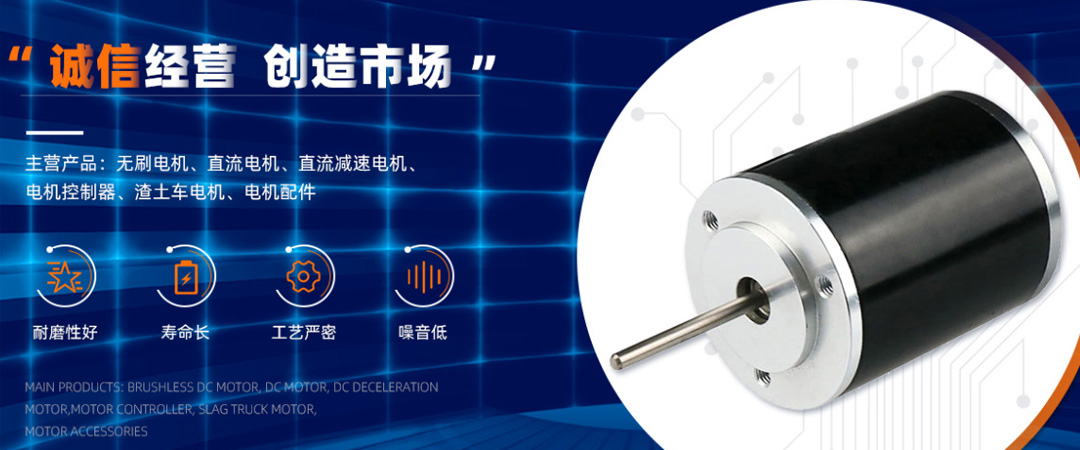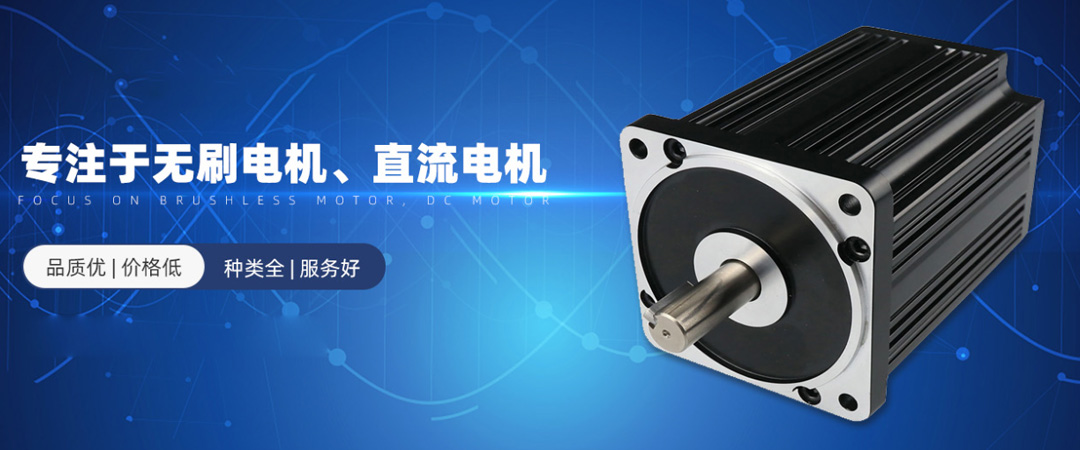Non inductive control of brushless motor
Brushless motor sensorless control is widely used in practical applications, and its research has been particularly long. Its control difficulties mainly include two points: motor starting; Detection of rotor position.
For high-voltage sensorless solutions, in addition to software difficulties, hardware design cannot be ignored. If the hardware design is slightly inappropriate, it can cause significant interference to the entire control board, thereby increasing the difficulty of the entire solution's success.
For brushless motors, the operation of the motor is controlled by electronic switches for commutation. In order for the motor to operate normally, the position of the rotor must be known before commutation can be performed properly. The problem is that the motor does not have sensors and has not started to rotate, so the position of the rotor cannot be known. Therefore, for sensorless starting, the motor needs to rotate on its own. First, let the motor rotate at a certain rate. During the automatic process of the motor, we detect the back electromotive force to determine the position of the rotor and obtain the correct commutation phase.
The rotation must ensure smooth operation of the motor, without shaking or causing high current. This is a crucial step for a successful startup. To achieve this effect, you need to adjust the PWM duty cycle and the length of commutation time during the debugging process.
The starting steps should not be too few or too many, usually around ten steps are enough. After the motor runs for ten steps, the back electromotive force should be detected. When the correct back electromotive force is detected, the motor will start running normally.
In general control systems, brushless motors with non delayed control methods are more stable and have stronger load capacity.
Editor: ZiYu
For high-voltage sensorless solutions, in addition to software difficulties, hardware design cannot be ignored. If the hardware design is slightly inappropriate, it can cause significant interference to the entire control board, thereby increasing the difficulty of the entire solution's success.
For brushless motors, the operation of the motor is controlled by electronic switches for commutation. In order for the motor to operate normally, the position of the rotor must be known before commutation can be performed properly. The problem is that the motor does not have sensors and has not started to rotate, so the position of the rotor cannot be known. Therefore, for sensorless starting, the motor needs to rotate on its own. First, let the motor rotate at a certain rate. During the automatic process of the motor, we detect the back electromotive force to determine the position of the rotor and obtain the correct commutation phase.
The rotation must ensure smooth operation of the motor, without shaking or causing high current. This is a crucial step for a successful startup. To achieve this effect, you need to adjust the PWM duty cycle and the length of commutation time during the debugging process.
The starting steps should not be too few or too many, usually around ten steps are enough. After the motor runs for ten steps, the back electromotive force should be detected. When the correct back electromotive force is detected, the motor will start running normally.
In general control systems, brushless motors with non delayed control methods are more stable and have stronger load capacity.
Editor: ZiYu



